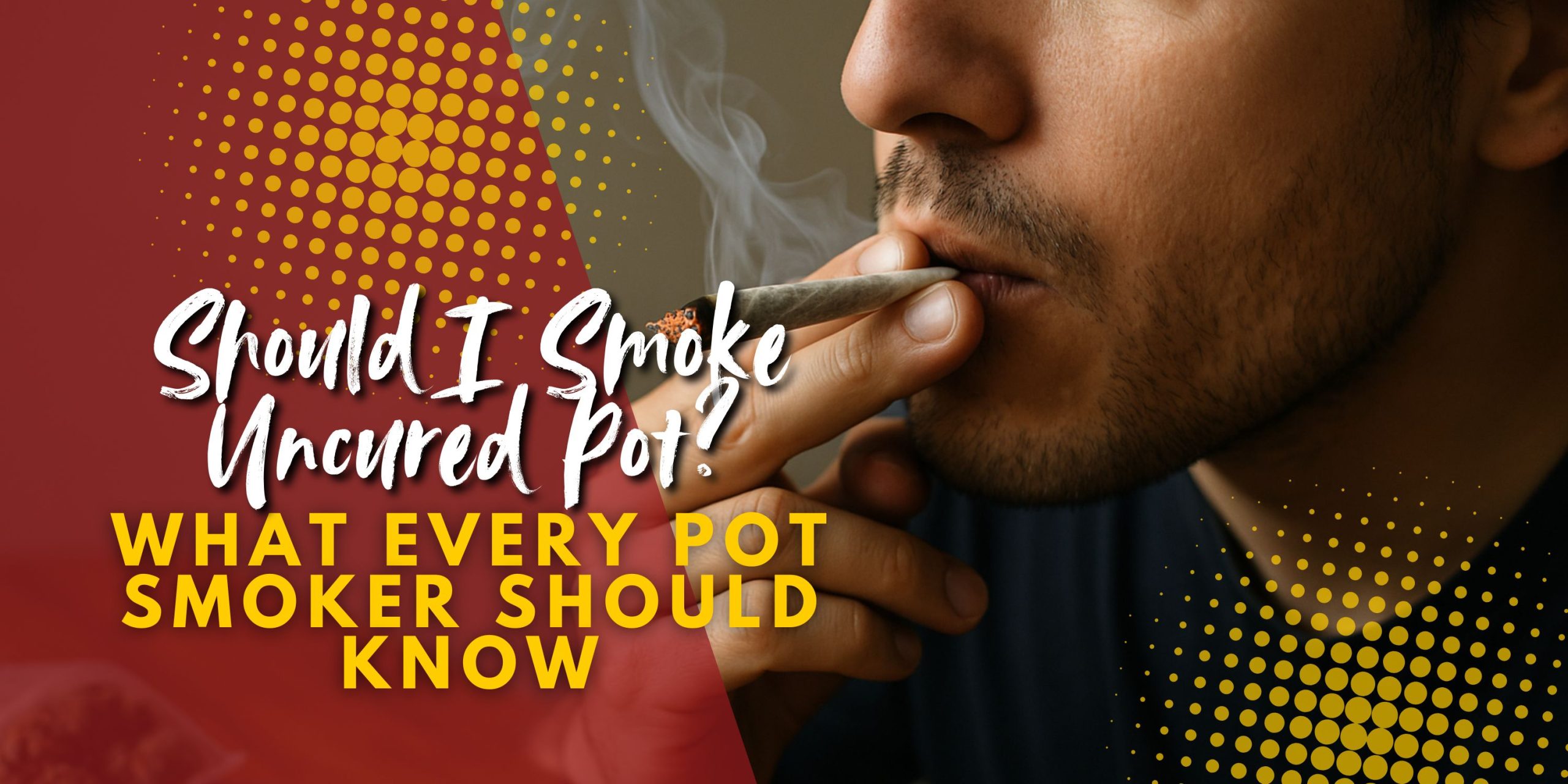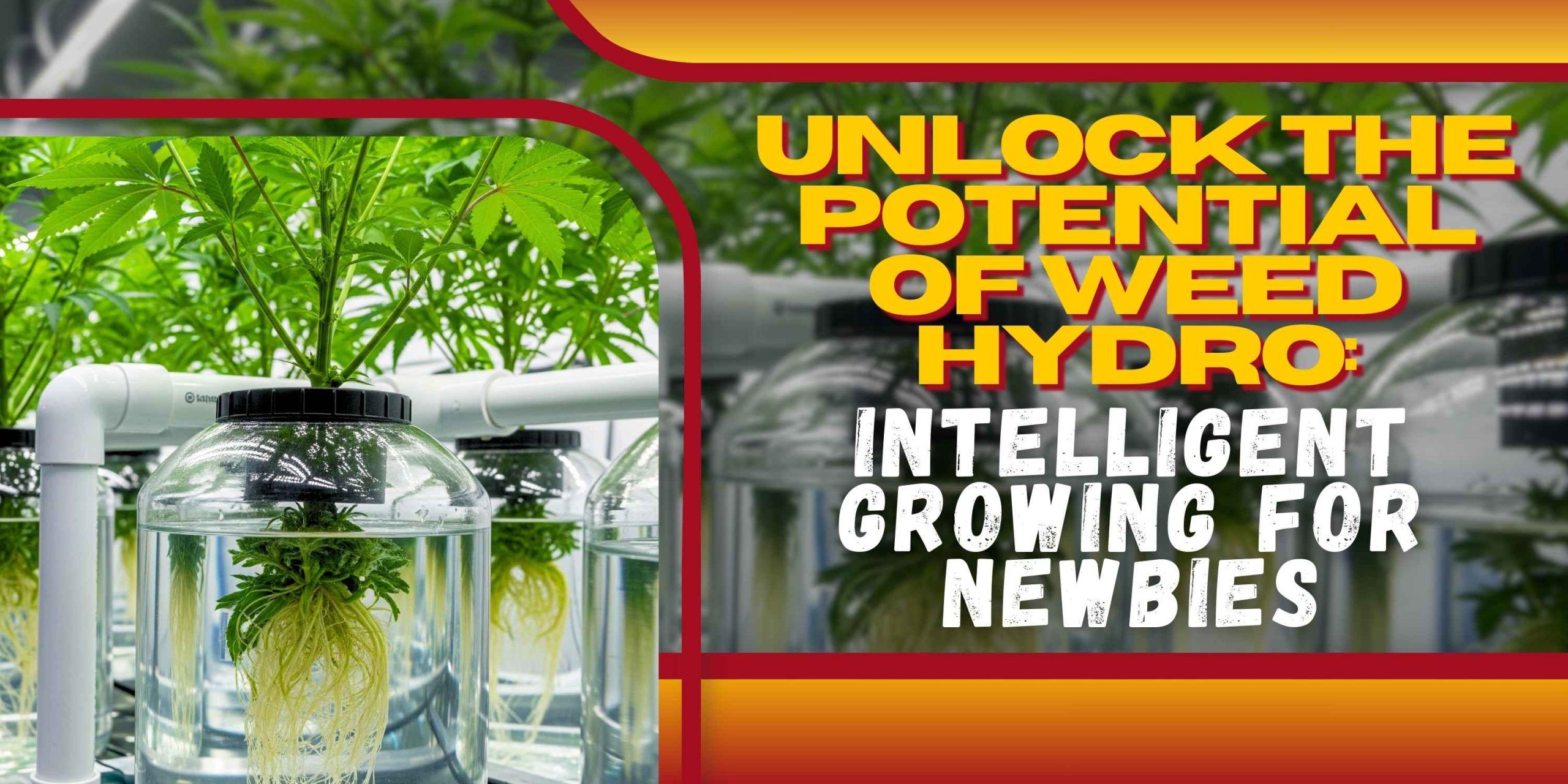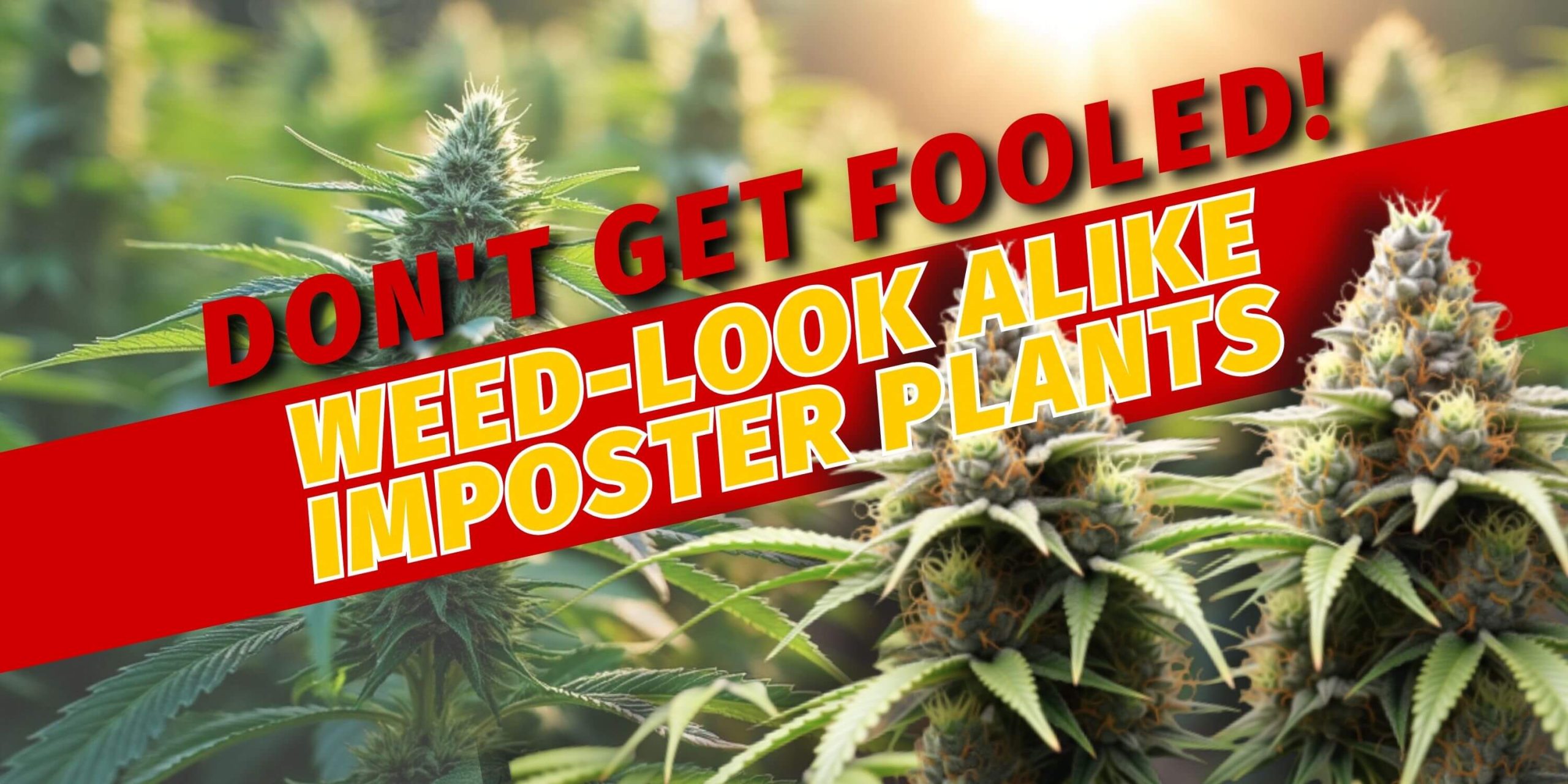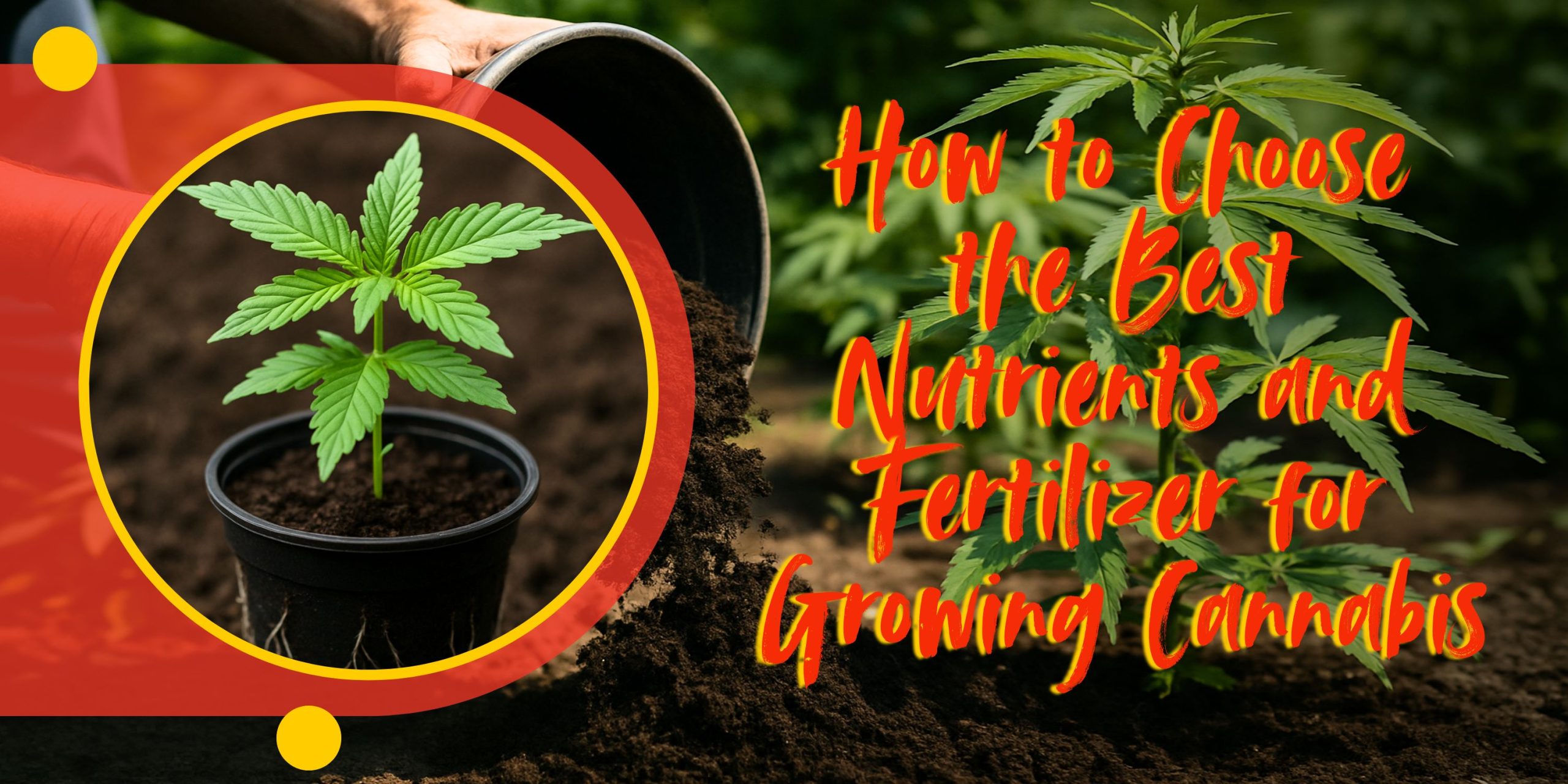Handling the plant after cutting significantly influences the experience of smoking pot. Of course, growing and harvesting are crucial, but curing typically distinguishes good buds from bad ones. Uncured weed may be too enticing to smoke right away, especially for beginners or people who are eager, but this course has some big trade-offs. It’s not just about the taste and smell of curing; safety, potency, and keeping the plant’s entire therapeutic worth are also at stake.
What is Uncured Weed?
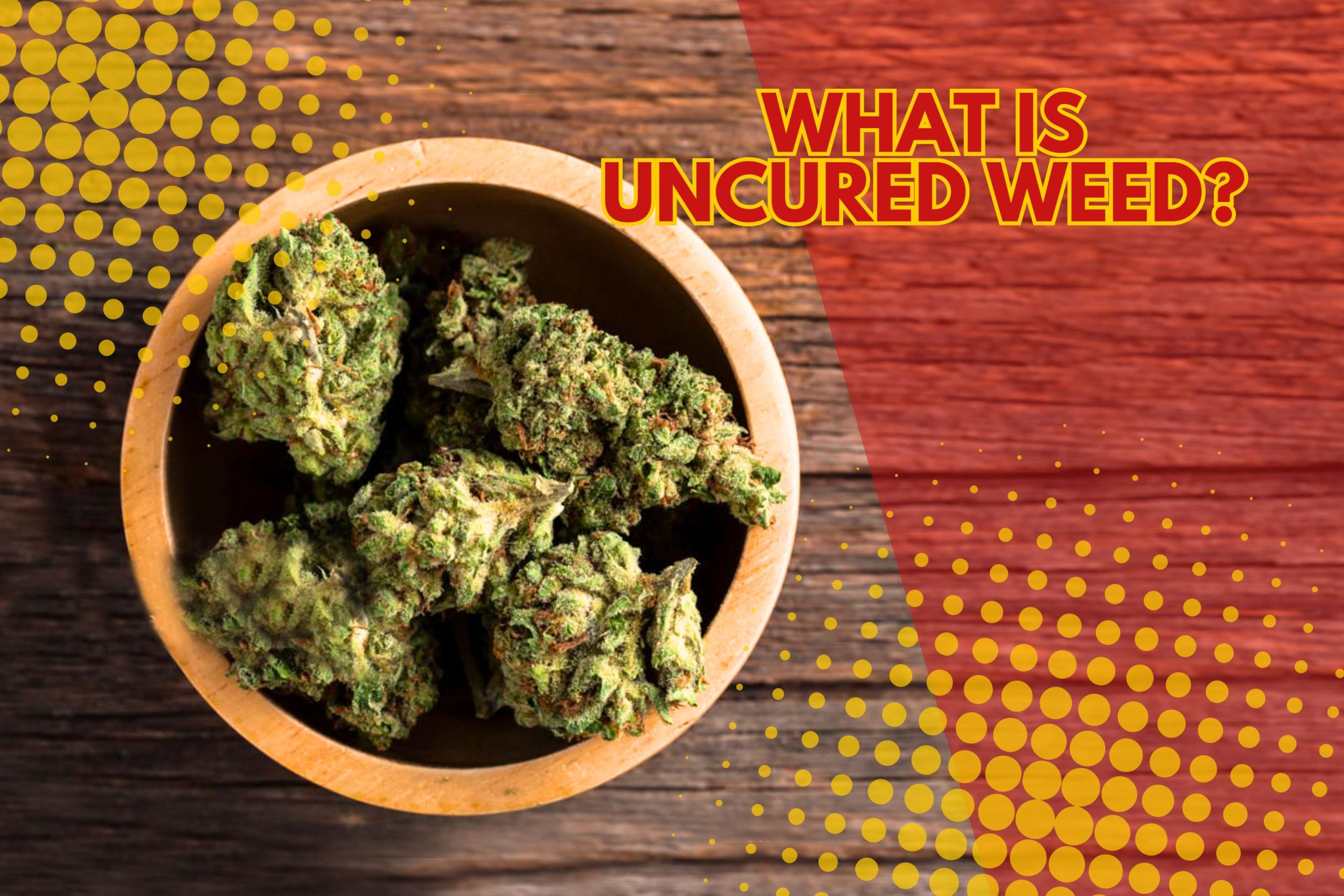
Uncured weed is harvested but not dried and cured long enough to ensure quality. The plant material still has a lot of moisture inside it, and the cells are not stable. Chlorophyll, sugar, and other compounds that aren’t needed make the smoke smell like grass and make it taste harmful.
Uncured pot is more likely to foster microbial development than properly cured cannabis, which has a rich, smooth taste and velvety smoke. When uncured cannabis is smoked, it might produce a dull high and negatively impact your health. The raw bud may seem the same as the cured bud, but the chemistry within is very different. This is why curing is so important in cannabis cultivation.
The Science Behind Curing Cannabis
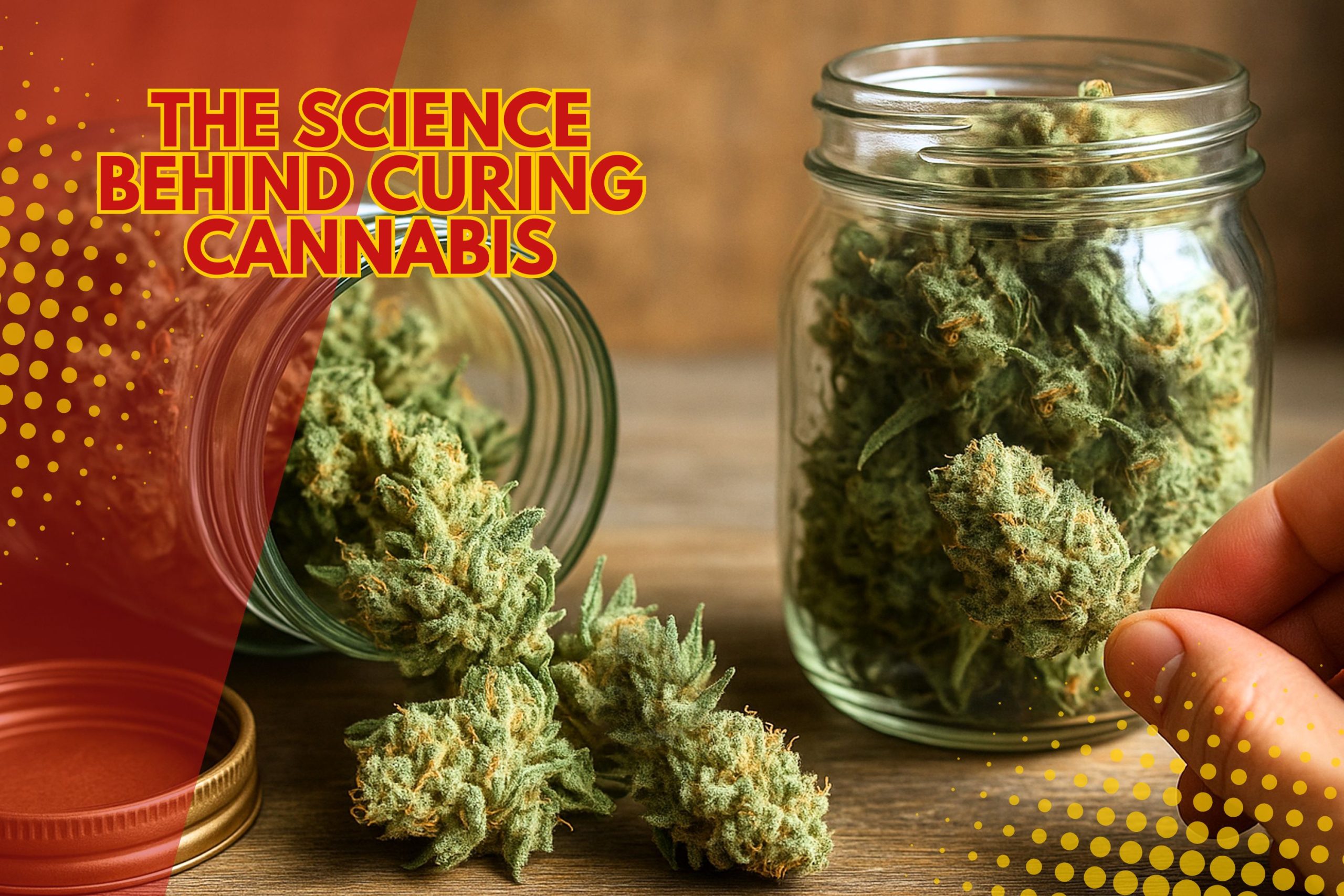
After drying, curing starts. It is a slow process that is cautiously controlled. In this stage, the water that is still in the buds is permitted to spread out uniformly, and biochemical processes continue without stopping. Plant enzymes will begin to break down excess sugars, starches, and chlorophyll, which contribute to a bitter taste when burned. This internal breakdown makes the smoke smoother, the tastes richer, and the storage time longer.
Curing keeps terpenes safe. Terpenes are tiny fragrant molecules that give each cannabis strain its own unique smell and taste. If you don’t cure them, these fragile molecules will evaporate or break down, and their medical effects and smells will be much reduced. Keeping terpenes and cannabinoids like THC and CBD safe also makes sure that the strain’s psychotropic and therapeutic effects are released when it is eaten.
Best Conditions for Curing
The ideal way to store cannabis is to keep it in airtight containers, like glass jars, in a dark, cold place with a relative humidity of 55% to 65%. The temperature must stay between 60 and 70 degrees Fahrenheit (15 and 21 degrees Celsius), and the jars must be opened (or “burped”) once a day for the first two weeks to let out extra moisture and bring in more oxygen. The procedure usually takes 2 to 8 weeks, although longer healing durations give better and stronger effects.
1. Bad taste and harsh smoke when you smoke uncured weed
Because it has a lot of sugar and chlorophyll in it, uncured marijuana is hard on the lungs and throat. These things don’t burn cleanly and can make you cough, irritate your throat, and burn. Cured cannabis has a terpene profile that gives it pleasant smoking and well-balanced flavors.
The uncured nature of the strain also influences its scent complexity. What should smell like luscious berries or diesel gasoline suddenly smells like fresh-cut grass or ammonia. Such degradation procedure not only makes the user experience worse, but it also gives the wrong idea about the genetics and potential of the strain, especially in terpene-dominant types.
2. Breathing in mold and mildew
If buds aren’t dried and cured properly, moisture stays deep inside flowers, which is the perfect place for mold spores and mildew to grow. When ingested, fungi like Aspergillus can make poisonous mycotoxins that are especially deadly for smokers with weak immune systems. Smoking infected cannabis can make you cough, wheeze, and, in the worst circumstances, give you chronic lung illness.
Finding mold in cannabis isn’t always straightforward. Some buds are simple to spot because they have gray or white fluff on them, but others may have spores deep inside that aren’t noticed until they’re smoked. Smoking moldy cannabis is a serious health risk and one of the easiest things to avoid if you don’t cure it properly.
3. Cannabinoid delivery that doesn’t work
When cannabis is smoked in its natural state, it is less effective at turning THCA into active THC. If the cannabis isn’t dried and cured, burning will change it, but not as much. The process makes the high weaker and less potent, and the psychoactive effects are less stable.
Curing also helps cannabis harden, which makes the dose and effects more constant. This is especially important for medical patients who need to be exact about their symptoms, including chronic pain, anxiety, or epilepsy.
Terpenes and Flavor: How Curing Makes Your High Better
Terpenes are the fragrant chemicals that give each strain its smell and taste. Terpenes not only make a strain smell and taste appealing, but they also mix with cannabinoids to change how the strain affects the body. These phenomena are called the entourage effect. When combined, this can augment or change the effect of THC and CBD, generating therapeutic and recreational excellence.
When curing, terpenes are maintained in a stable atmosphere where they won’t immediately evaporate. Fresh, uncured cannabis exposes terpenes to oxygen, light, and excessive water—all of which damage those fragile molecules. Curing properly preserves these flavor-bearing molecules intact, providing each hit with the complete diversity of scents and subtle effects the plant’s genes anticipated.
Does Smoking Uncured Weed Get You High?
Technically, yes—smoking unprocessed cannabis will make you high. But the high is usually not pleasant and hard to predict. Most people say they get a foggy or spastic head high instead of the clear-headedness, euphoria, or profound body relaxation that comes from well-cured cannabis. Failure to fully decarboxylate and retain sufficient terpenes leads to these outcomes.
Also, smoking wet or uncured cannabis usually makes for an uneven burn with more tar and leftover compounds than cured buds. The combination of chemical harshness and low psychoactive efficacy makes wet or uncured cannabis a dangerous choice for people who want to get better or have a good time.
Health Risks of Smoking Wet or Uncured Cannabis
Smoking wet or undried bud can be harmful to your health and make smoking less enjoyable. The most important risk is breathing in germs like mold and mildew. If the weed wasn’t dried or kept properly, spores of Penicillium, Botrytis, and Aspergillus could stay in the lungs. These microorganisms can go into the body, cause asthma, or make breathing problems worse.
The other problem is that smoking plant material that is high in chlorophyll creates harmful consequences when you breathe. The harmful substances produced are ammonia and acrolein, which damage the airway, break down lung tissue, and weaken the body’s immune system. These consequences can be very harmful for people who are already sick, like those with COPD or bronchitis.
How to Tell If Weed Is Not Cured
Users can avoid poor experiences and possible health problems by correctly identifying uncured weed. Uncured weed is usually a bright, almost neon green color with white or yellow spots. This means that there is too much chlorophyll in it. Because they have a lot of water in them, the buds are wet, sticky, and heavy. When you break them, the stems crack wetly instead of dry and crisp. The fragrance is usually strong, grassy, and raw, not sweet or deep.
In contrast, cured cannabis is darker green with amber or orange pistils and a harder, slightly sticky but dry texture. When smoked, cured cannabis burns clean and gives off a clean, tasty smoke. If the weed exhibits uneven burning, harshness, or a grass-like taste, it likely lacks curing or has deteriorated. The best way to tell the difference between uncured weed and good-quality cured cannabis is through sensory analysis.
Final Thoughts: Can You Smoke Uncured Weed
Curing is not a luxury; it is a necessity. The technique makes the cannabis taste, smell, feel, and be safer. If you skip it, you’ll have a worse smoking experience, more health problems, and less therapeutic effect. Everyone who works in the cannabis industry and all true connoisseurs know that better cannabis isn’t just grown; it’s finished.
When cannabis is properly cured, it respects the plant’s full genetic expression and gives you the full range of effects in all their color and complexity. Curing turns raw harvest into a polished, high-quality product, whether you’re growing for fun or medical reasons. Put in the extra time; it’s worth it every week.


